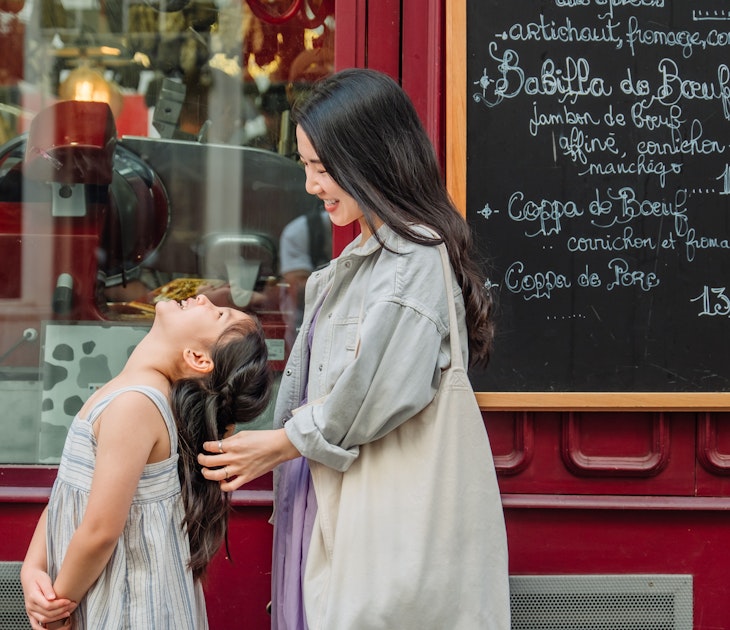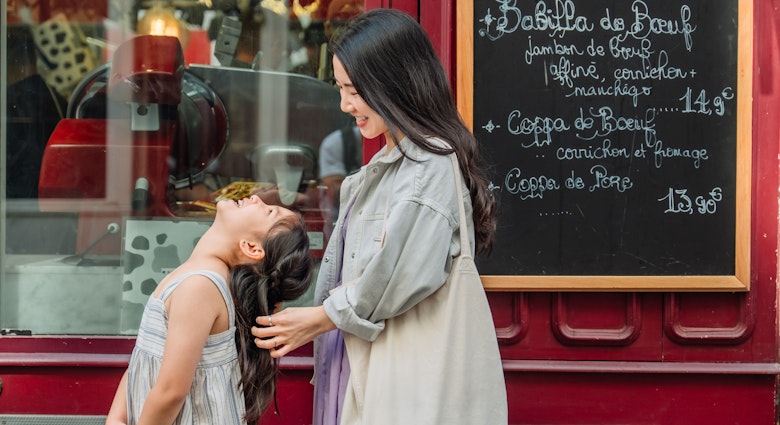Central America is one of the most biodiverse regions on the planet but its natural assets are just part of its allure. The “sweet waist of America", as South American poet Pablo Neruda christened it, is also rich in history and home to a diverse and dynamic mix of cultures.
Dip into its museums, dally among its architectural jewels and experience its living culture on the streets in these can't-miss towns and cities.
Panama City, Panama
Cosmopolitan Panama is a tale of three cities: tombstone-like ruins are all that’s left of Panamá Viejo, the original city abandoned to pirates in the 17th century; Downtown is a mini-Miami with a skyline of glittering steel and glass towers, where you’ll find the glitzy shopping malls and the upscale eateries and nightlife of Bella Vista; and then there’s the Unesco-protected colonial district of Casco Viejo, a mini-Havana that’s fast becoming the city’s cultural hub thanks to an ambitious restoration.

What can I do?
Explore the imposing plazas, crumbling churches and hidden streets of Casco Viejo, where you can shop for a Kuna mola textile from the San Blas Islands, or the work of young designers at Diablo Rosso (www.diablorosso.com), a cafe-cum-gallery-cum concept store. Tántalo Bar’s terrace is the place for a sunset mojito or two, or drop into The Dining Room at the stylish American Trade Hotel. Join the locals cycling along the Amador Causeway for a look at Frank Gehry’s first Latin American project – the new Biomuseo (biomuseopanama.org).
Granada, Nicaragua
One of the oldest cities in the Americas, photogenic Granada is a colonial masterpiece. And it was designed as such: founded as a model city for the New World in 1524 and nicknamed the ‘Great Sultan’ as a homage to its Moorish namesake in Spain, it’s as pretty as a picture and the city’s rich past gives it a regal air. But she’s an old dame with a sparkly future, as it’s rapidly becoming the country’s culinary hotspot and there’s no better place to taste gourmet local produce by day, knock back aged rum by night and wake up to organic coffee in the morning.

What can I do?
Spend lazy days clip-clopping around cobbled streets in a horse-drawn carriage, church hopping or strolling from plaza to boutique. Every February, the city’s weeklong International Poetry Festival attracts poets and poetry-lovers from around the globe for readings and concerts. The historic Convento y Museo San Francisco is a museum and cultural centre, as well as the oldest church in Central America. You can get a great organic steak at the stylish Ciudad Lounge (www.ciudadlounge.com), as well as indulging in a glass of local Nicaraguan Flor de Caña rum and a hand-rolled cigar from Estelí. Granada is also one of the best places in Central America to learn Spanish – try a nonprofit school such as Casa Xalteva. For those wishing to dig their heels in, volunteering opportunities abound.
León, Nicaragua
Colonial León, the former capital, is Granada’s more liberal, edgier cousin, where bullet holes still scar the imposing buildings and revolutionary murals adorn the crumbling walls. It wholeheartedly embraces the country’s twin passions – politics and poetry – and has the lively, more lived-in feel of a university city, with the nightlife to match. Escape the sultry heat in its shady plazas for a real slice of Nica life.

What can I do?
You’ll find a superb collection of contemporary art at the Museo de Arte Fundación Ortiz-Guardián, including works by Latin American masters Rivera and Botera. The impressive Catedral is the largest in Central America, with rooftop views over the city and smoking volcanoes. Entombed within is Nicaragua’s national poet Rubén Darío, along with some of León’s other local lyrical masters. The Galería de Héroes y Mártires, run by mothers of Sandinistas killed in the civil war conflict, is a reminder of the city’s more recent history.
Antigua, Guatemala
Visitors flock to Antigua, a beautiful town nestled between three volcanoes, for the colonial splendour of its churches, monasteries and mansions, mixed with a cosmopolitan cafe culture, Spanish schools and boutiques selling arguably the finest crafts in Central America. Its popularity has created a hybrid of expat, colonial and contemporary Guatemalan influences – it’s undeniably gringofied but still enchanting.

What can I do?
Semana Santa (the holy week leading up to Easter) is celebrated throughout the region but it’s particularly spectacular in Antigua, when Guatemalans filled with religious contemplation float eerily down the streets robed in hooded purple cloaks as part of grandiose processions; alfombras (carpets) of astounding coloured sawdust and flower petals blanket the street floors; and incense wafts sweetly through the crowds and parades. To take part, book accommodations well in advance.
The city overflows with colonial churches and convents; some of the finest are Convento de Capuchinas, San Francisco, Santo Domingo and La Merced. International flavours are everywhere but to eat like a local, head to two-table Tienda La Canche for a hearty stew. Colibri is the place to pick up exquisite textiles woven by a local women’s cooperative.
Chichicastenango, Guatemala
Chichi’s obvious draw is its colourful and popular twice-weekly market – one of the largest in Central America – held on Thursdays and Sundays. We know it for its crafts, but it’s not just for tourists: Maya villagers come from miles around to buy and sell everything from flowers and fruit to still-squawking chickens. Don’t just go for the day; minus the tour groups Chichi is entirely different – a misty, mystical highland town where Maya tradition holds hands with Spanish Catholic influence.

What can I do?
Wednesday and Saturday nights are when the Maya market traders stream into town and you can watch them setting up their stalls – and sleeping in them. Iglesia de Santo Tomas reveals Chichi’s hybrid religion; go there and spend some time observing the ritualistic chants and prayers. Just south of town, Pascual Abaj, a hilltop shrine to Huyup Tak’ah or the earth god, where locals regularly leave offerings, is pure Maya. Or try the small Museo Rossbach, which displays a clutch of pre-Columbian artefacts. If you’re there in December, the dizzying acrobatics of locals flying around a 30m pole at the Fiesta de Santo Tomás is quite a sight in the main square.
Suchitoto, El Salvador
Hailed as the next Antigua, Suchitoto’s colonial architecture and cobblestone streets remain only because its inhabitants fled during the brutal 12-year civil war in the 1980s. A cultural capital during the heyday of the 18th-century indigo trade, today art is everywhere once more. Galleries and boutiques line the town arteries and, come Friday, hip weekending capitalinos from San Salvador create quite a buzz about town. It’s worth visiting for the pupusas (corn pancakes stuffed with cheese) alone.

What can I do?
Don’t miss the art-from-weapons sculpture in the park before burrowing into the increasing number of galleries and boutiques or visiting Así es mi Tierra Artisan Market, held every weekend. Drop in to Argentine sculptor, Miguel Martino’s La Casa del Escultor (miguelmartino.com), part studio, part gallery and part restaurant and Los Almendros de San Lorenzo, a crumbling hacienda turned stylish boutique hotel, which hosts year-round exhibitions. After dark, drink in the revolutionary spirit at El Necio, run by an affable ex-guerilla. On February weekends, there are performances of music, dance and theatre at the restored Teatro de las Ruinas as part of the International Festival of Arts & Culture.
San José, Costa Rica
At first glance, the urban sprawl of Chepe – as the Costa Ricans call their capital – isn’t the most attractive of cities. Dig a little deeper and there’s charms worth exploring. It’s home to some of the region’s top museums; rice and beans are off the menu at its fine-dining fusion restaurants; there’s a burgeoning craft cerveza scene and top-notch coffee for the morning after.

What can I do?
Discover the country’s often overlooked pre-Columbian history at the dazzling Museo de Oro Precolombino y Numismática, the world’s largest collection of American jade at the Museo de Jade, and Central America's most important collection of modern art at the Museo de Arte y Diseño Contemporáneo. In the historic and newly hip barrios of Amón and Otoya, the tree-lined streets are filling up with trendy bars and restaurants. To sample Costa Rica’s famed eco-credentials in the capital, splash out on a room at Hotel Grano de Oro, set in a 20th-century mansion, which has a top ‘Five Leaves’ sustainability rating.
Sarah Gilbert is a freelance writer and photographer based in London. A longstanding fan of Latin America, she spent nine months backpacking from Mexico to Chile and is always looking for an excuse to go back. She can be found tweeting @SarahGTravels.











